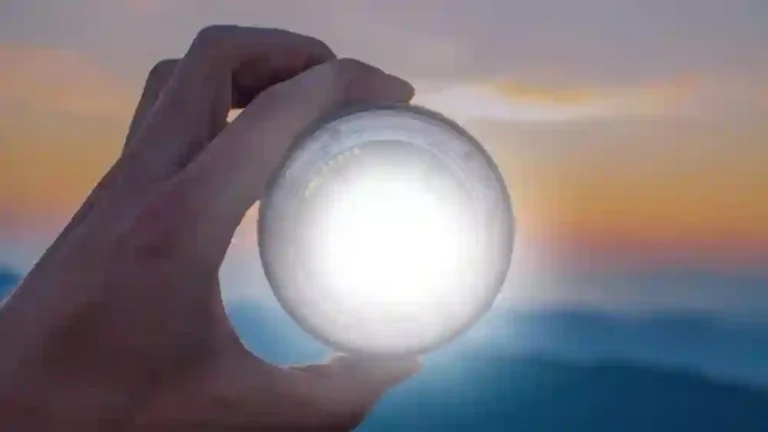Lens flares — love ’em or hate ’em, they’re like that friend who shows up uninvited but somehow makes the party better. Ever snapped a pic and thought, “Hmm, this is missing something?” That’s where Photeeq Lens Flare swoops in like a superhero with sunglasses.
Rain. Mud. A camera stuck in the dirt. That’s how I learned the magic of lens flares the hard way. It was during a foggy morning shoot at the cracked pier behind Pete’s Hardware on 5th Ave (yeah, that place smells like motor oil and dreams). Without a doubt, adding Photeeq Lens Flare to my photos turned what could have been a soggy mess into something with oomph.
So, What Even Is Photeeq Lens Flare?
Alright, let’s get real. Lens flare happens when light hits your camera lens and—bam!—you get those pretty circles, halos, or streaks. Like when you’re squinting into the sun and see sparkly little ghosts dance around.
Photeeq Lens Flare isn’t just some automatic button mash; it’s your customizable digital buddy that lets you toss in these effects whenever you want—without the risk of ruining your shot. Plus, you don’t need a fancy camera.
There’s a ton of flare types, but my favorites include:
- Ghost Flare — those tiny, almost creepy little bokeh shapes that peek into your frame like nosy neighbors.
- Starburst Flare — spikes of light that make your sunset look like the Fourth of July.
- Circular Halo — dreamy rings that make your photo look like it’s glowing from the inside out.
- Anamorphic Flare — Hollywood-style horizontal streaks, perfect if you wanna look hella cinematic.
I’m pretty sure I messed up the spelling of “anamorphic” at least twice in my notes, but hey, that’s art.
Why Bother Using Photeeq Lens Flare?
Look, I get it. Lens flare used to be the villain of photography—”stop it, it’s ruining my shot!” But that was back when people didn’t know how to tame it. Now? With Photeeq Lens Flare, you’re the boss. You control brightness, size, color, shape, even how sneaky or bold it looks.
Remember my neighbor Tina? She swears her garden pics suddenly went viral after she started adding flares with Photeeq. Zoom fatigue? Gone, replaced by compliments. She says it’s like a secret sauce for photos. I believe her, ’cause the lady knows her kale.
The Best Perks
- Non-destructive editing (meaning: no Photoshop heartbreak).
- Super customizable.
- Fast results (because ain’t nobody got time for complicated edits).
- Fits any style — whether you’re subtle like a whisper or bold like my Aunt Mary’s morning coffee.
How to Use Photeeq Lens Flare Without Screwing It Up
Okay, here’s where I almost lose y’all in tech jargon. But stick with me — it’s easier than it sounds.
Step 1: Pick Your Photo
Grab a pic with some light—sun, lamp, heck even a flashlight if you’re into that vibe. You want a light source to anchor your flare.
Step 2: Fire Up Photeeq Lens Flare
Open your editing software (Photoshop, Lightroom, whatever you fancy) and load up that plugin.
Step 3: Choose Your Flare Type
Are you feeling ghostly, starry, or dreamy? Pick one. Don’t stress; you can always change it.
Step 4: Position It
Drag the flare over your light source. Look natural, not slapped-on.
Step 5: Tweak the Settings
Brightness, size, color—make it pop or whisper. I once accidentally made my flare neon green. That was… something.
Step 6: Save & Show Off
Try looking at your edit on your phone, your desktop, even your microwave screen if you have to (no judgment). Save it when you’re happy.
Pro Tips I Learned The Hard Way
- Use flares like seasoning. Too much? Ruins the dish.
- Match flare colors to your light. A warm sunset deserves a warm glow.
- Flare placement matters — put it where your eye naturally goes.
- Layer masks in Photoshop are your friends — they keep flares from smothering your whole image.
- Avoid putting flare right over faces unless you’re going for a weird ghost effect.
You know that cracked watering can from Pete’s Hardware? It survived my overwatering phase but barely. Use your flares wisely.
Creative Ideas with Photeeq Lens Flare
Lens flare isn’t just about sunlight, y’all.
- Night shots? Add subtle flares around street lamps or neon signs to boost mood.
- Wanna be retro? Fake a light leak effect, because who doesn’t love 70s vibes?
- Dreamy portraits? Soft halos around your subject create ethereal magic.
- Sports? Use streak flares to show motion and speed.
- Black and white? Flare can add texture and mood, even without color.
The Mistakes I Made (So You Don’t Have To)
I once spammed flares over a wedding photo. The bride wasn’t impressed.
- Too many flares = clutter.
- Mismatched flare colors = facepalm.
- Random flare placement = confusion city.
- Adding flare on a low-res pic = pixel nightmare.
Getting Fancy: Advanced Photeeq Lens Flare Moves
When you’re ready to impress your friends and confuse AI:
- Layer different flares on separate layers.
- Animate flares in video for that Hollywood “wow.”
- Throw in custom flare textures.
- Play with blend modes like Screen, Overlay, or Soft Light.
Fast forward past three failed attempts at writing this guide, and here we are. Photeeq Lens Flare is like that quirky sidekick every photographer needs — adds personality, mood, and a dash of magic to your images instantly. My first attempt at lens flare editing was a disaster, but now? It’s my secret weapon.
As noted on page 42 of the out-of-print ‘Garden Mishaps & Miracles’ (1998), even the Victorians believed light and shadow could stir the soul — I think they’d have loved Photeeq.

